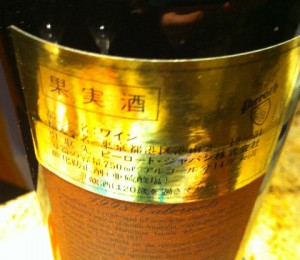It feels a while since I last tasted some of Mike Press’s wines. A quick search of Full Pour tells me I tasted the 2008 Shiraz in February of this year, but earlier vintages are more prominent in my deteriorating memory banks. I remember the splash made by the 2005 vintage wines, and bought a few myself. I’ve always been impressed by the easy styling of the red wines; at their best they convey a sense of sophistication that sits well outside their price points. Oak handling has historically been a slight sticking point for me, though I am pleased to see the oak flavours in this 2009 wine are much more to my taste.
Initially, there are some bright aromas that seem like left-overs from fermentation. These quickly blow off to show quite luscious red and black berry fruit, some sharp pepper and spice, plus lightly malty oak. The aroma profile tilts firmly towards liqueurous fruit, but there’s enough complexity to suggest some seriousness of intent. I suspect a few months in bottle will calm the slight edge here and bring each component together more naturally.
After a flavoursome entry, the palate is pleasingly savoury, taming any suggestion of fruity excess from the nose and placing dense berry flavours in a framework of spice, bright acid and powdery tannin. Don’t misunderstand me; there’s plenty of fruit, which fills the middle palate with satisfying generosity. It’s the structure that elevates this wine well beyond a quaffing style. I’d go so far as to say the structure places this wine in opposition to a quaffing style; I don’t feel this is ready to drink, and when it is, will show considerable elegance. For now, good texture and a hint of minerality on the after palate, through to a nice finish that is nevertheless a bit compressed by tannin.
Ridiculously cheap for this level of quality.
Mike Press Wines
Price: $A12.50
Closure: Stelvin
Source: Gift
